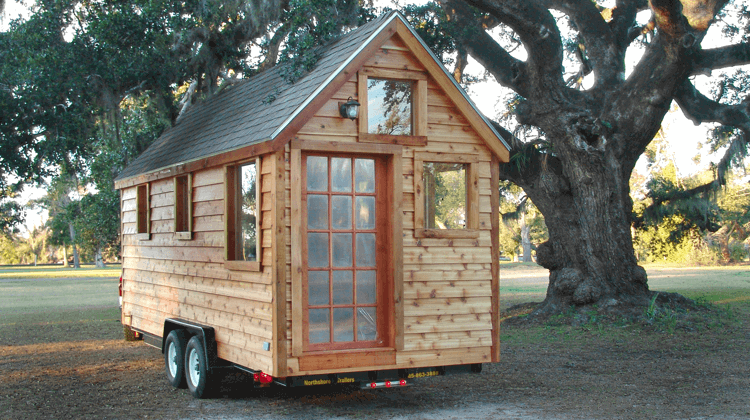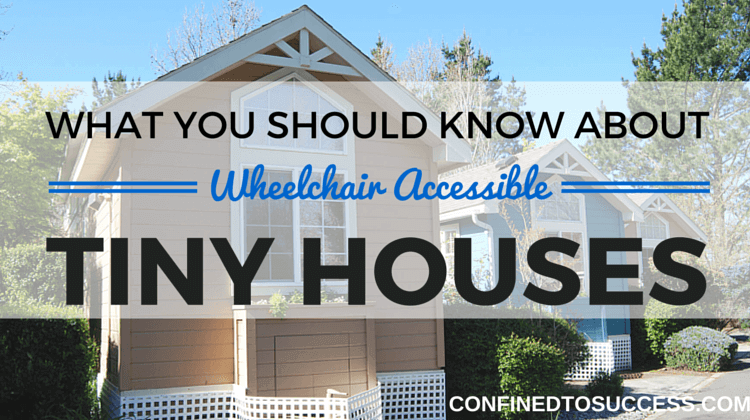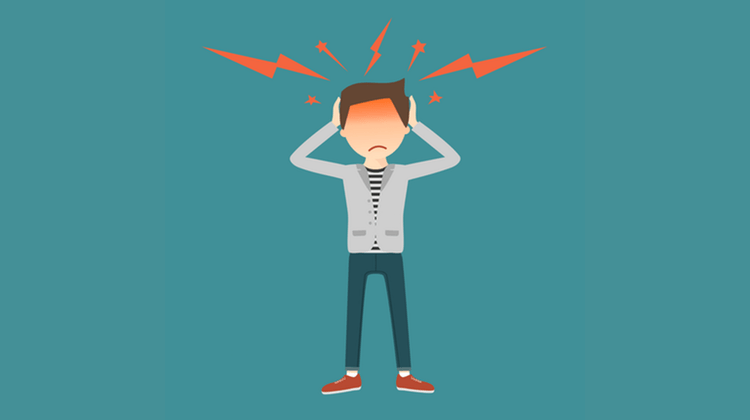What You Should Know About Wheelchair Accessible Tiny Houses

If you’re like most Americans, you spend a lot of money every month on housing. In fact, the average American spends 30% of his/her monthly income on rent alone which leaves very little to get by on for everything else! No one knows this better than the disabled.
Now, don’t get me wrong, there are affordable housing options available for people with disabilities but they all have major drawbacks…
For example, you could apply for subsidized housing through HUD (Housing and Urban Development) but the waiting list is usually so long that it can take years before anything opens up (believe me, I tried!)
There are also assisted living centers but its supervised setup can be difficult for someone who values his/her independence.
Then there’s the possibility of living with one’s parents (which is what I do) but let’s face it, that’s not ideal either.
So what else is there? Well, one viable option is to join the “tiny house movement” that’s swept across the United States in recent years and build yourself a small home tailored to your disability. There are even a number of wheelchair accessible tiny houses now available!
In this blog post, I’ll dig into the basic things you need to know when starting out on your tiny house journey but first let’s define what a tiny house is and how they save you money.
WHAT’S A TINY HOUSE?
Simply put, tiny houses are little abodes built on wheels ranging from 100 to 500 square feet. These small homes have really taken off in the past half-decade as more Americans look for ways to save money, downsize, and lead a simpler life, less dependent on material things while making efficient use of the space they have.
Sounds kind of like an RV, right? Not exactly.
While RV’s (Recreational Vehicles) are great for travel, there are not intended to be lived in. The materials in RV’s are less durable and lighter weight than tiny houses and can look rundown after a shorter period of time. In contrast, tiny houses are built from great material meant to last for decades.
Now, one of the best things about tiny houses is that there are cheap…Sure, you could spend 100K or more but the average cost is about 20K or so, depending on the size, amenities, and whether it’s custom-built or not.
But even at the higher end of the scale, tiny houses are more cost-effective than an average-sized house of 2500 square feet with 68% of owners reporting to have NO mortgage. Compare that to only 35% of regular homeowners!
And since square footage is so small, heating/cooling bills and repair/maintenance expenses are FAR less than the average-sized house.
So, clearly the price of tiny houses works in your favor but what about your disability?
TINY HOUSES FOR DISABLED PEOPLE
On the face of it, a tiny house doesn’t seem like a good idea for disabled people, especially those using a wheelchair. Not with all that climbing, reaching, and bending, right? Well, there are ways around the problem….
Many companies are willing to modify their tiny house designs to make them ADA compliant (Americans with Disabilities Act) for you to live in them. All you have to do is ask!
Additionally, there are a number of tiny houses specially designed for disabled people, including wheelchair accessible ones like these:
- Seattle Tiny Homes – Specifically the Magnolia model
- Little House on the Trailer – Stephen Marshall, the owner of the company, builds wheelchair accessible tiny homes
- Marianne Cusato – Marianne Cusato specializes in wheelchair-friendly cottages
- Elder Cottages – Another company that makes cottages for disabled individuals in wheelchairs
Of course, you also have the option of getting a tiny house custom-built to your specifications, which takes around two to three months on average. If you decide to go this route, you’ll want to know how best to design your new home…
MAKING YOUR TINY HOUSE DISABLED-FRIENDLY
For starters, the size of your wheelchair-accessible tiny house should be at least400 square feet, which is a bit larger than most tiny houses. You’ll need that extra space to accommodate the wider doors and hallways (32″ or more), handrails, and walk-in shower or bath.
And since you’ll probably be spending more time inside your tiny house than the average dweller, it should be big enough so you don’t get too claustrophobic.
You may also want certain items in your tiny house LOWERED for easier access, including:
- Windows
- Storage drawers
- Light switches
- Door handles
- Kitchen counter
And depending on your disability, there are other customizations to consider, like these:
- Elevated toilet
- Shower seat
- Non-slip floor
- Touchless faucets
- Fold-down worktops/tables/seats (for wider wheelchair access)
- Pulley systems
- Wheelchair ramp
It probably goes without saying that your tiny house should be limited to one story. Many people without disabilities find climbing up and down a ladder many times per day in their tiny house a hassle so you can imagine the feat you’d have to overcome!
Stairs would be less a burden but still, not a great alternative. So instead of a loft, get a pull-down or bunk bed so you can sleep on the ground floor.
WHERE TO PUT YOUR TINY HOUSE
You have your tiny house built, now where do you put it? Well, ideally, it’s best to live near family or friends so that there are close by when you need help. What about parking your house in their backyard and paying them $100 a month or so to stay on their land?
If that’s not an option, try living near a community of people, like in an RV or mobile home park. But whatever you do, don’t live off the grid. Sure, it’s admirable to want to live on your own terms but living in isolation with a disability isn’t.
As far as getting set up, tiny houses operate similarly to RV’s with just the standard hookup of power, water, and sewer. And since tiny houses are viewed as recreational vehicles like RV’s, you don’t have to deal with zoning laws (at least for now). Same goes for property taxes, which definitely helps especially when you’re trying to stretch your dollar while receiving disability benefits.
SO…ARE TINY HOUSES RIGHT FOR YOU?
Advantages
- Cheaper than owning an average-sized house
- Quiet, cozy, independent, and dignified living
- Easy access to everything in the house
- Easy access to the outdoors
- Less area to clean than an average-sized house
- Lower utility costs
Disadvantages
- More expensive than most tiny houses since it would probably need modifications or be custom-built for a disabled person
- May be difficult to accommodate large-sized medical equipment
- High utility costs due to medical equipment
- Dealing with “cabin fever” despite living in a larger-sized tiny house
As you’d expect, there are upsides and downsides to living in a tiny house. They certainly aren’t for everybody but they sure have a huge audience of enthusiasts.
If you haven’t formed an opinion yet, why not try renting one out first? See, talking to people is fine, but the only way to really know whether a tiny house is right for you is to experience one for yourself! Depending on where you live, Airbnb[source] has some wheelchair accessible tiny houses you could stay in for a week or more to see how you like it.
If you decide to move into a tiny house, you’ll become part of growing community of passionate homeowners, many of whom blog online about their unique lives. It’s a great opportunity for you to document your own story while making money at the same time. (And if you do, send me the link to your blog as I’m caught up in the movement too!)
NOW IT’S YOUR TURN!
So, what are YOUR thoughts about tiny houses? Leave your comments below!








